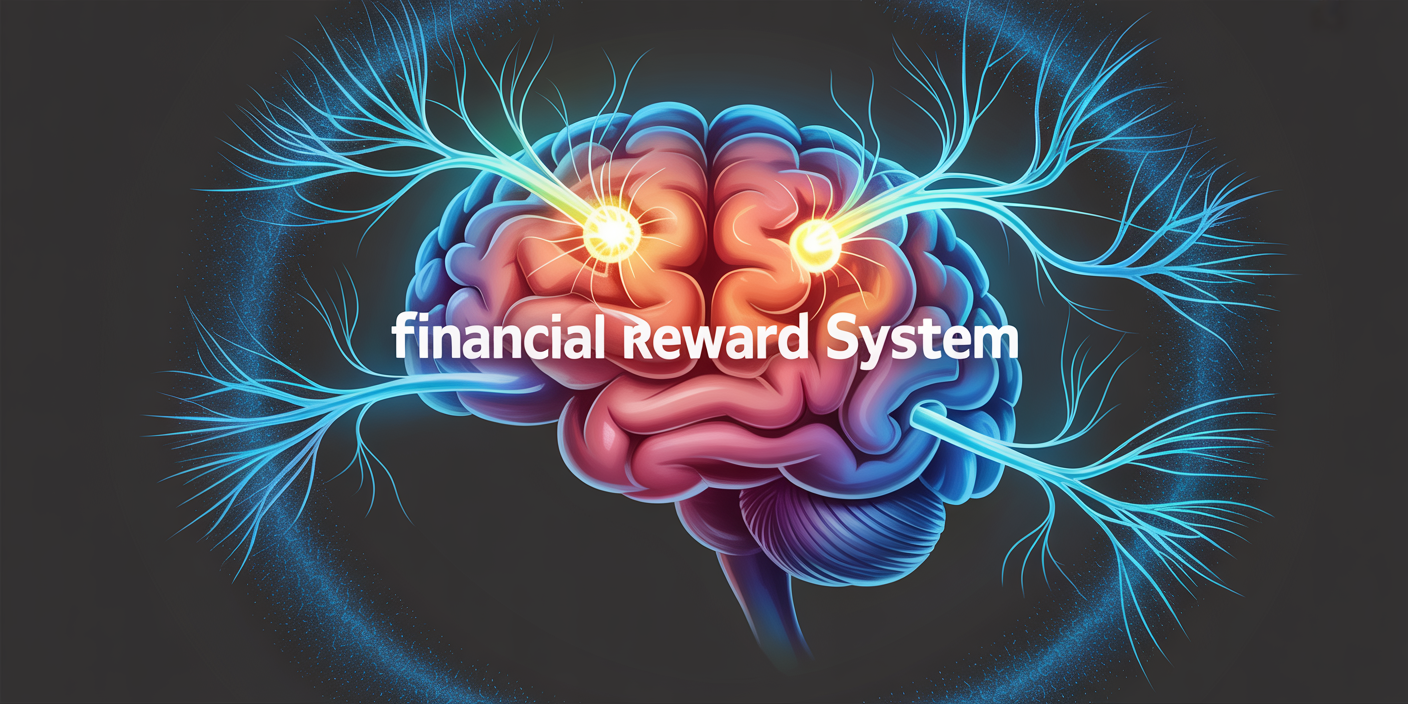Understanding why people spend money the way they do offers profound insights into financial behavior and personal well-being. Spending habits are more than mere transactions; they are deeply intertwined with psychological factors such as emotions, identity, social influence, and cognitive biases. This article delves into the psychological underpinnings that shape spending patterns, enriching readers with practical examples, data-driven insights, and real-life cases. By unpacking these factors, individuals can make more informed financial decisions and develop healthier money management strategies.
—
Contextualizing Spending Habits Through Psychological Lenses
Money is not just a tool for economic exchange but a signal embedded with meaning, status, and emotional resonance. Psychologists assert that spending habits arise from an interplay of internal predispositions and external stimuli. According to a 2022 report by the National Endowment for Financial Education, nearly 60% of adults admit that emotional states influence their purchasing decisions. Fear, joy, anxiety, and even boredom can trigger different spending behaviors. For instance, “retail therapy” is a commonly cited phenomenon where individuals seek mood improvement through shopping.
Additionally, spending serves as a form of self-expression and identity formation. Consumers often buy products that reflect their values or aspirations. Brands like Patagonia appeal to eco-conscious consumers who want their purchases to signify commitment to environmental sustainability. Research from the Journal of Consumer Psychology (2021) indicates that people who perceive money as a resource to express identity demonstrate distinct spending patterns compared to those who view money purely as a survival mechanism.
—
Emotional Drivers of Spending: Pleasure and Pain
Spending money activates areas in the brain associated with reward processing, particularly the nucleus accumbens and the ventral striatum. Neuroscientific studies using fMRI technology have shown that purchasing items can trigger dopamine release, creating pleasurable sensations similar to those produced by food or social interactions. This neurological reward system can partially explain compulsive buying disorders seen in approximately 5.8% of the population, according to a 2021 study published in Psychiatry Research.

However, the pain of paying counterbalances pleasure. Experimental economics research suggests that the physical act of handing over money can evoke discomfort, which is why consumers often prefer credit card transactions over cash payments. Practical examples include how Apple Pay and other contactless payment methods increase spending by reducing the tangibility of money loss. Merchants exploit this tendency by designing seamless, frictionless payment experiences that encourage higher spending.
People also engage in “emotional spending” patterns during stress or uncertainty. For example, during the COVID-19 pandemic, global online shopping surged by over 27%. Many reported purchasing luxury or comfort items to offset anxiety. These emotionally driven behaviors highlight the dual nature of spending as both an addictive reward and a coping mechanism.
—
Social Influence and Spending: Conformity and Status
Humans are inherently social beings, and spending is heavily influenced by social norms and expectations. The desire to fit in, impress others, or maintain social status results in conspicuous consumption—a term coined by economist Thorstein Veblen in 1899. This phenomenon is evident in how individuals often purchase luxury goods not for their utility but to signal wealth and prestige.
A study conducted by the University of Michigan (2023) demonstrated that participants increased their hypothetical spending by 20% when primed with social comparison scenarios. Social media intensifies this effect, as platforms like Instagram promote aspirational lifestyles that can pressure users to engage in similar spending, sometimes beyond their financial means. Case in point: Millennial and Gen Z consumers report spending an average of 12% of their income on experiences and products inspired by social media trends (Nielsen, 2022).
Moreover, group dynamics influence spending in family or peer contexts. For instance, parents often adjust their expenditure patterns to meet perceived social standards for their children’s education, clothing, or extracurricular activities, sometimes leading to financial strain. This social dimension of spending reveals the complex web of interpersonal expectations driving financial behavior.
—
Cognitive Biases and Decision-Making in Spending
Cognitive biases significantly distort financial choices, often to the consumer’s detriment. One prevalent bias is the “present bias,” where individuals prioritize immediate rewards over long-term benefits. This explains why many consumers prefer spontaneous purchases and delay saving or investing. Behavioral economist Richard Thaler’s research on “nudge theory” addresses how subtle changes in choice architecture can help align spending behaviors with long-term goals.
Anchoring bias is also prevalent in spending decisions. For example, a consumer presented with a “discounted” price of $100 off an original $500 item might perceive better value than an identical item priced at $400. The initial reference point (anchor) influences perceptions, sometimes leading to overspending. Retailers strategically use such pricing mechanisms to stimulate purchases.
Loss aversion, the tendency to feel losses more acutely than gains, also impacts spending choices. People may avoid returning defective products because the psychological cost of admitting a loss or inconvenience outweighs potential refunds or replacements. This bias can keep consumers locked into suboptimal spending patterns.
| Cognitive Bias | Effect on Spending | Practical Example |
|---|---|---|
| Present bias | Preference for immediate gratification | Impulse buys on sale items instead of saving money |
| Anchoring bias | Influenced by initial price reference | Perceived value from discounts off inflated prices |
| Loss aversion | Avoidance of perceived losses | Keeping unwanted items to avoid return hassle |
| Social proof | Following choices seen in peer groups | Buying trending products promoted by friends |
—


Psychological Types and Spending Profiles
People’s financial behaviors can often be classified into psychological spending profiles. Psychologist Dr. Brad Klontz identifies several types, including the “Spender,” “Saver,” “Risk-Taker,” and “Avoider.” Each profile reflects underlying emotional and cognitive characteristics guiding money use. The Spender tends to view money as an opportunity for enjoyment and experiences. Spenders often prioritize consumption and may struggle with credit but can enjoy rich social interactions thanks to their expenditures. A real-world example includes celebrities like Kanye West, known for extravagant spending habits that reflect identity and status signaling. The Saver prioritizes security and control, often exhibiting anxiety around financial uncertainty. Many older adults fit this category, saving diligently for retirement but sometimes missing out on present enjoyment. The Risk-Taker embraces financial uncertainty, frequently investing in high-risk ventures or speculative buying. This profile is prevalent among entrepreneurs and younger investors. The Avoider experiences anxiety or denial around money management, sometimes neglecting budgeting or financial planning altogether. This profile can lead to both overspending and underspending in different contexts.
Understanding one’s spending profile helps tailor financial strategies that resonate with psychological motivations rather than relying solely on arithmetic budgeting.
—
Future Perspectives: Behavioral Finance and Spending Habit Interventions
The emerging field of behavioral finance leverages psychological insights to develop tools and interventions designed to optimize spending habits. Future approaches emphasize personalization, using data analytics and AI to provide real-time feedback and nudges tailored to individual behavioral patterns.
Innovations such as automated budgeting apps incorporate cognitive bias corrections by reminding users of long-term goals during moments of impulsive spending triggers. For instance, apps like “YNAB” (You Need A Budget) encourage deliberate spending decisions by requiring users to allocate funds with stricter discipline. Early adopters report a 25% increase in savings rates after six months of use (Financial Planning Association, 2023).
Furthermore, education campaigns are integrating emotional literacy with financial skills training. Recognizing that emotional drivers such as stress and identity deeply impact spending, future financial education will likely incorporate mindfulness and cognitive behavioral techniques to foster awareness and control.
Policymakers and financial institutions are also exploring regulation and product design that mitigate harmful spending patterns. For example, enhanced transparency around installment payments aims to reduce consumer debt accumulation by highlighting true costs upfront.
In the coming years, these multidisciplinary efforts hold promise to revolutionize how society understands and manages spending habits, promoting healthier financial behaviors aligned with psychological well-being.
—
In summary, the psychology behind spending habits is a complex mosaic of emotional rewards, social influences, cognitive biases, and individual profiles. By exploring these dimensions with practical examples and scientific data, individuals can cultivate deeper self-awareness and adopt strategies that balance present enjoyment with future security. As behavioral research progresses, technology and education will increasingly empower consumers to navigate their financial lives with insight and resilience.

Deixe um comentário